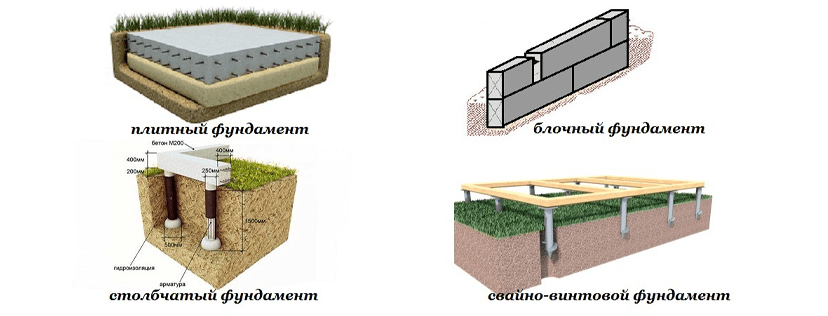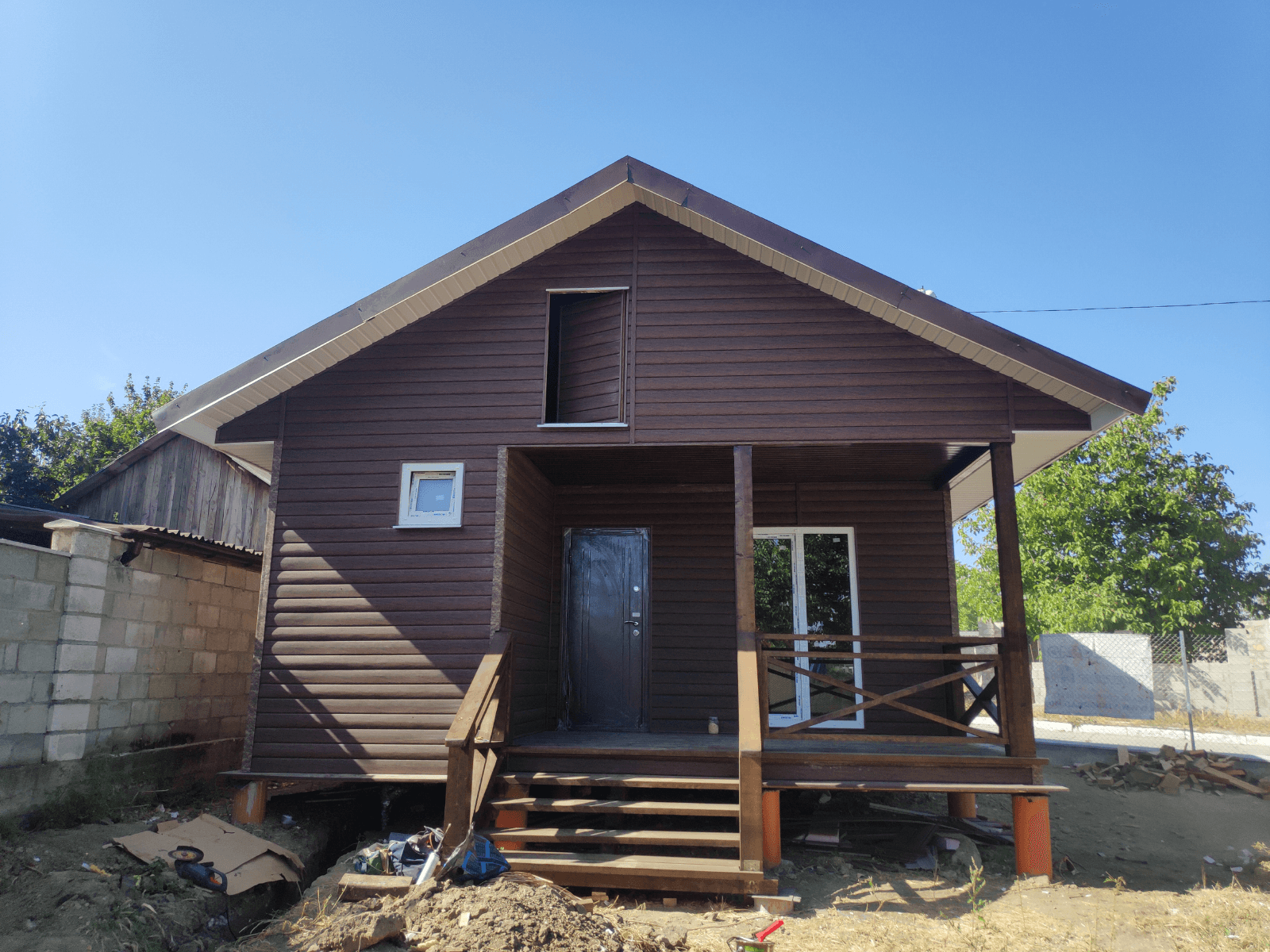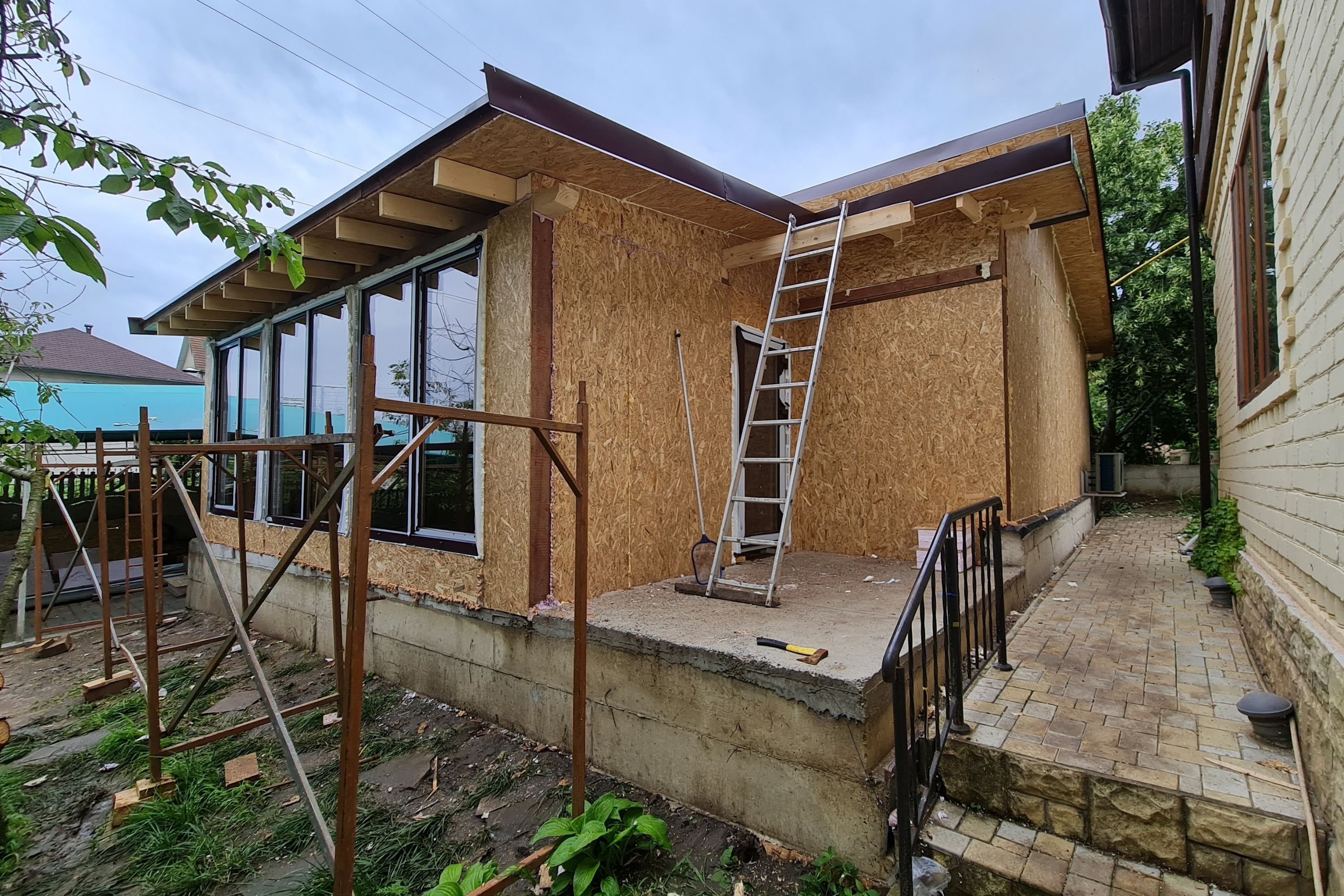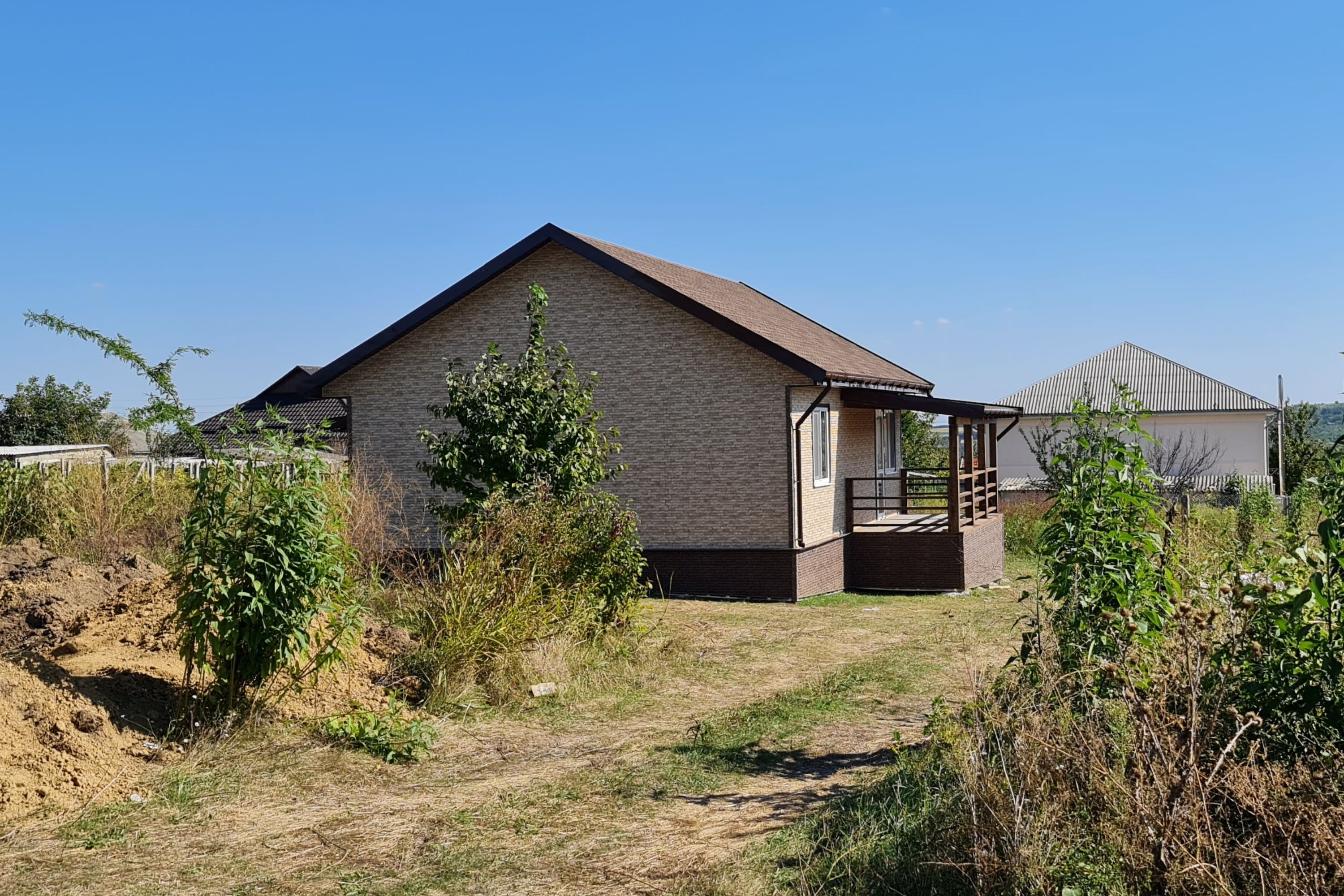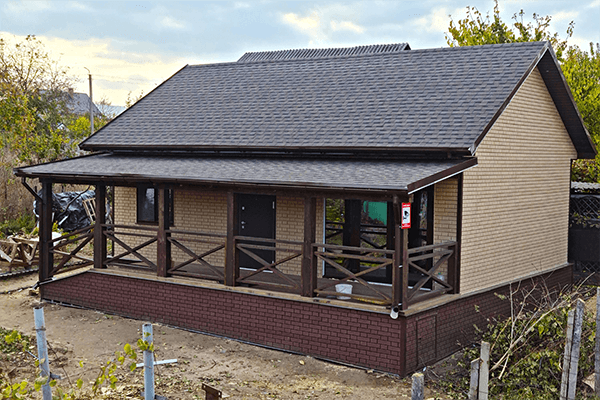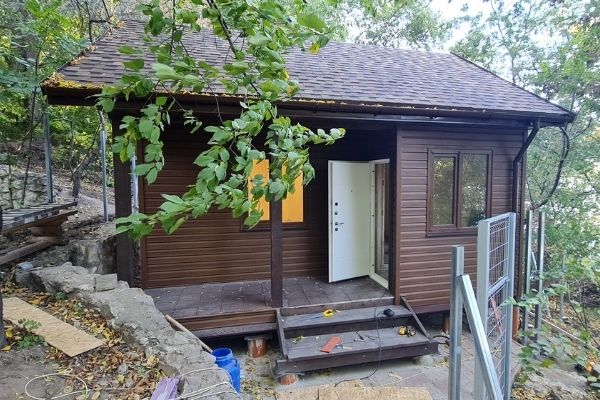The types of foundations for a private house made of self-supporting insulated wire panels are different, they differ in the type of construction, in material and other parameters.
Let's look at the most common ones today.
The most popular types are:
- - Strip foundation -
- - Column foundation -
- - Slab foundation -
- - Pile foundation -
- Strip foundation -
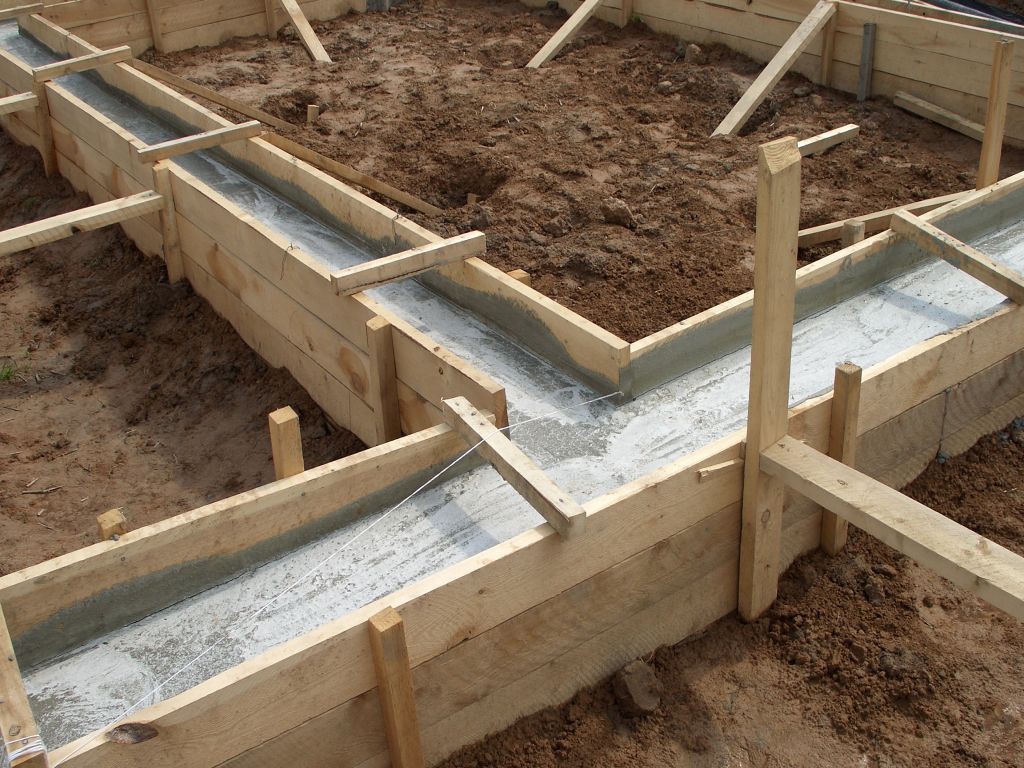
- Strip foundation -
This type of structure consists of belts dug into the ground, which take on the main load from the supporting elements of the main structure. The belts, in turn, rest on the foundation slabs. Thus, a significant part of the load from the walls is distributed over a large area.
When building a strip foundation, there is no need to carry out preparatory work for the ground, so it is good if you need to build a building quickly. On the other hand, it is not designed for a heavy load, so one- or two-story houses are the best option for using a strip foundation.
There are two main types of strip construction:
- Prefabricated foundation - made of reinforced concrete blocks. Assembly requires specialized equipment, while the blocks themselves are manufactured at the factory.
- Monolithic - manufactured immediately at the construction site (without an intermediate link in the form of a plant).
Pros and cons of strip foundations made of various materials:
- reinforced concrete strip foundation - has exactly two advantages: the relatively low cost of the material and the ability to withstand heavy loads. If you need to build a building with heavy load-bearing walls, a reinforced concrete foundation is your choice. The disadvantage of this option is a long time for construction work;
- rubble concrete is another popular and relatively inexpensive type of strip foundations. Consists of concrete, which is additionally filled with boulders, gravel or brick strips. Also able to withstand heavy loads;
- brick foundation - used for the construction of buildings up to five floors and in cases where it is impossible to use a monolithic foundation.
In general, as the positive properties of the strip foundation, one can single out its ease of installation and the possibility of using it as walls for the basement.
- Column foundation -
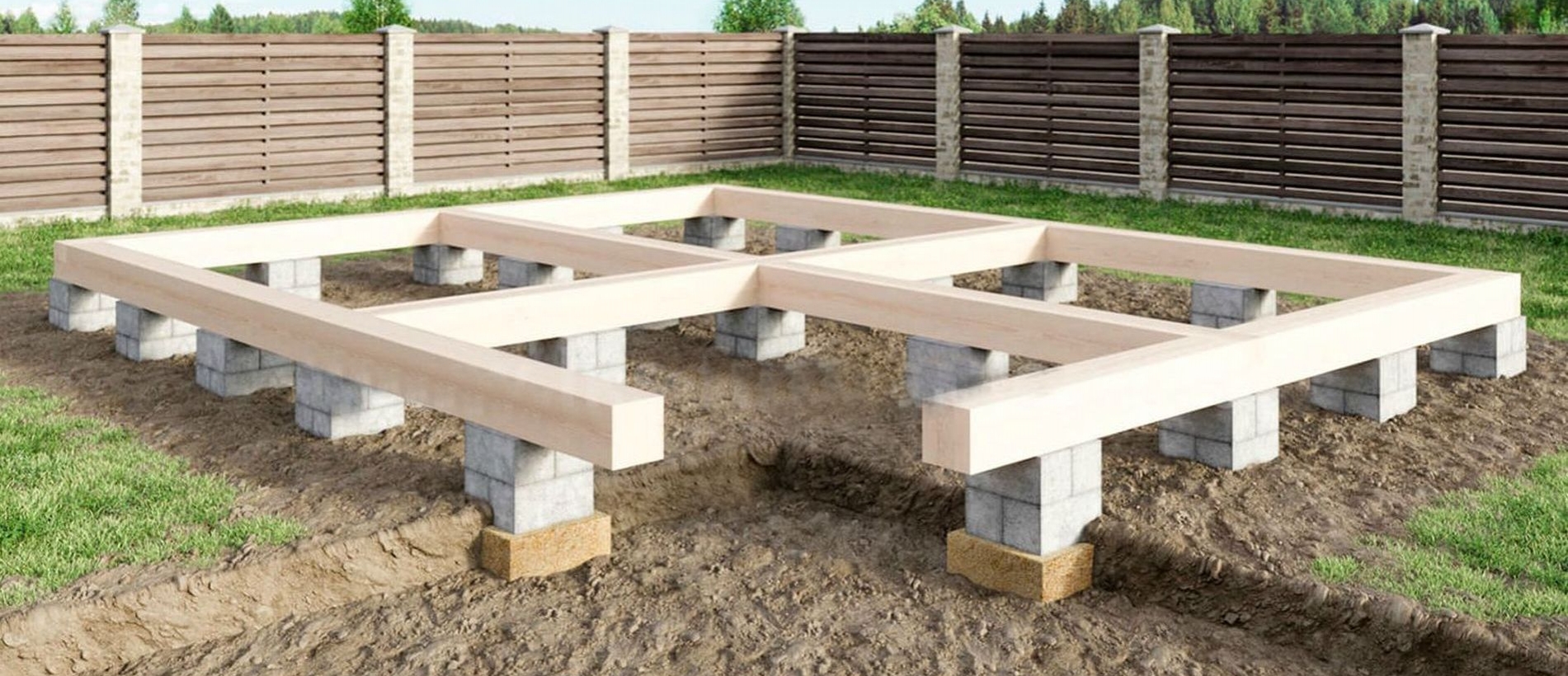
- Column foundation -
A columnar foundation is a pillar immersed in a specially drilled well or directly into the ground. The pillars are connected from above with reinforced concrete beams and are designed for houses with a relatively low weight. Such a foundation will be an excellent option for a medium-sized wooden house or other structure made of light materials. It is also good for country houses or frame buildings.
Columnar foundations for a private house are used on stable soils, which are not characterized by deformation from temperature extremes. Like strip foundations, columnar foundations can be prefabricated or monolithic. In addition, they can be made from the following materials:
- brick - used to support buildings and structures with brick walls up to two stories high;
- stone - for heavy buildings;
- wood is the best option for wooden structures, for example, baths or country houses;
- reinforced concrete is the heaviest columnar foundation used in industrial or heavy buildings that have more than two stories.
The advantages of a columnar foundation include its relatively low cost.
This type of construction is best used for small outbuildings, baths, sheds and other structures that do not provide for a basement and are not too heavy.
- Slab foundation -
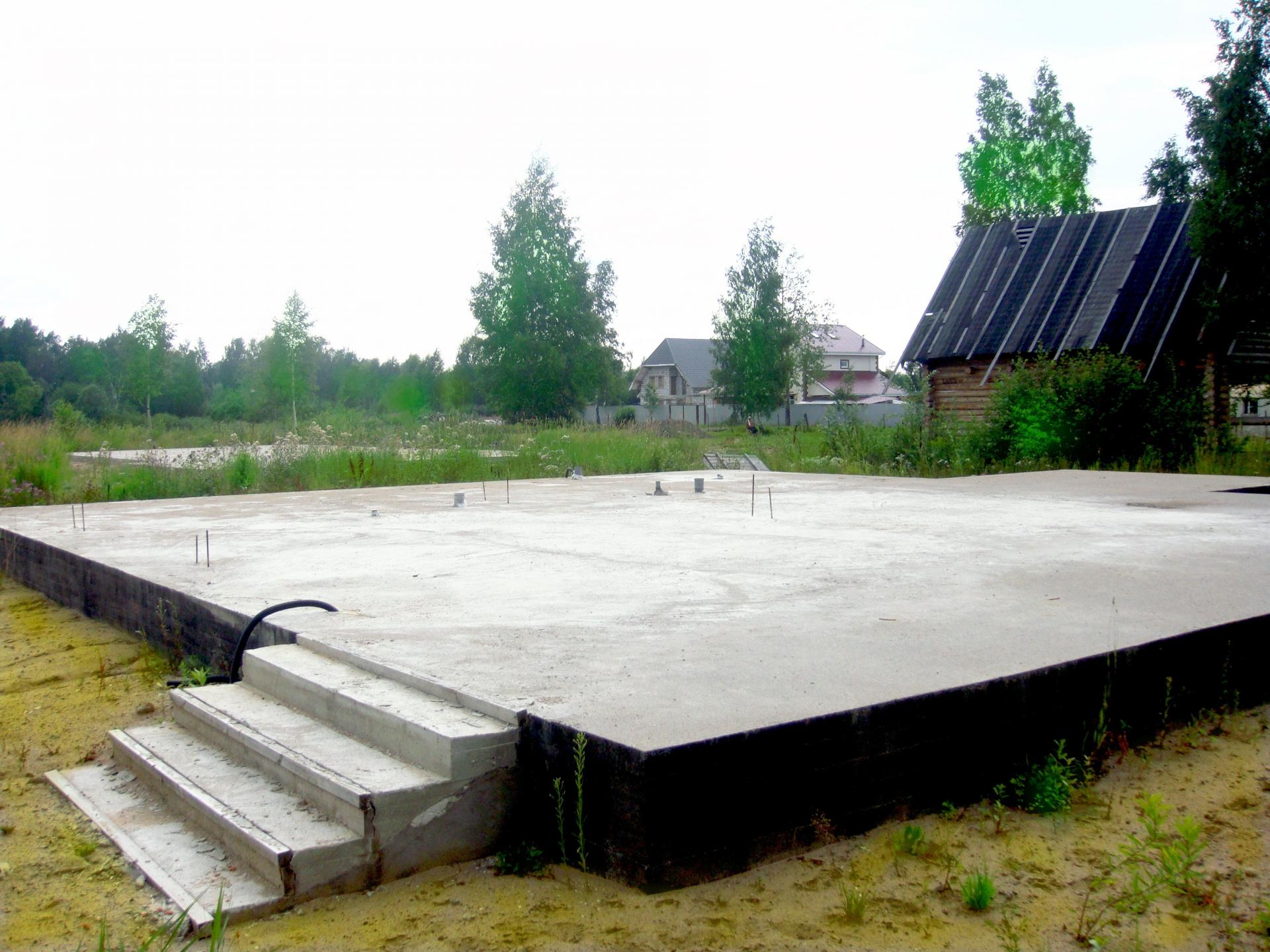
- Slab foundation -
This type of foundation is a reinforced concrete slab that is laid to a certain depth. Its thickness can vary from 30 to 100 cm, and reinforcement is used to increase the strength characteristics. As a preparation, a layer of concrete is poured under the slab or sand is poured.
Pros and cons of slab foundation:
- the load is evenly distributed over the entire area of the slab, therefore, the slab foundation tolerates both vertical and horizontal deformations well. It is most often used on weak soil types, such as quicksand, sand, etc.
- The disadvantage of such a foundation is that it is performed only in a monolithic form.
- Another disadvantage of the slab foundation is the high installation costs and the materials themselves.
- Pile foundation -
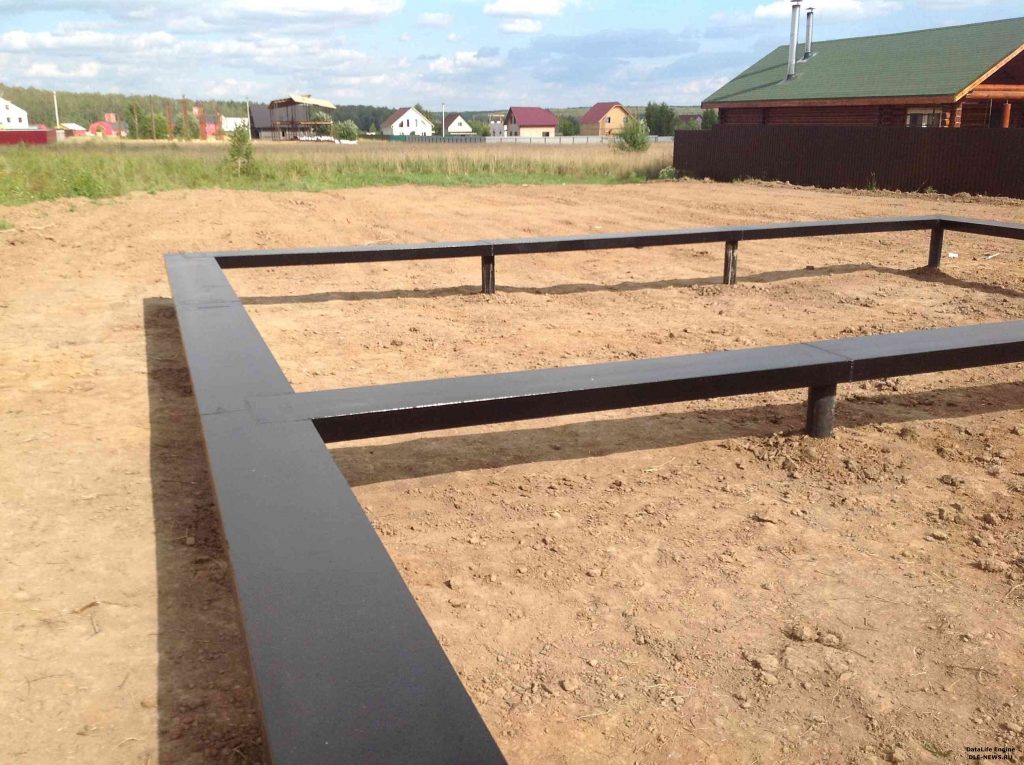
- Pile foundation -
This type of foundation for a private house, like a pile foundation, is one or a row of piles, which are combined from above with a special slab. The slab can be made of concrete or additionally reinforced with iron reinforcement. This option is often used when it is necessary to erect a structure on very weak soil, under which there is a stronger one.
Structures on piles are built on sands, quicksands, and loose soils. This type of structure allows a significant load to be transferred to soft ground and also helps the foundation to support the weight of a large building.
Pile foundations for a private house can be made of various materials:
- wood piles - used for small wooden buildings. They are mainly made of pine processed using a special technology;
- reinforced concrete is a good foundation option for buildings and structures with reinforced concrete walls that are heavy;
- metal - used when, for some reason, it is impossible to use reinforced concrete structures;
- combined piles made of metal and concrete - used in extreme conditions or on very difficult soils, for example, on swampy soils.
In addition, piles differ in the type of manufacture:
- pressed - they go deep into the ground using special hydraulic pumps;
- rammed - first a well is drilled, and then concrete is fed into it, which makes it possible to obtain a pile;
- driven ones - they are driven into the ground using specialized hydraulic hammers. This type of structure can only be used when there are no other buildings nearby, since the shock wave when driving a pile can damage the adjacent structure;
- screw piles - the price of a pile-screw foundation is higher than the previous options, but it can be used on any soil, regardless of its density and other characteristics. This type of pile is screwed into the soil like a screw.
If you need advice on which foundation to choose for your future home, our experts are always happy to help!




